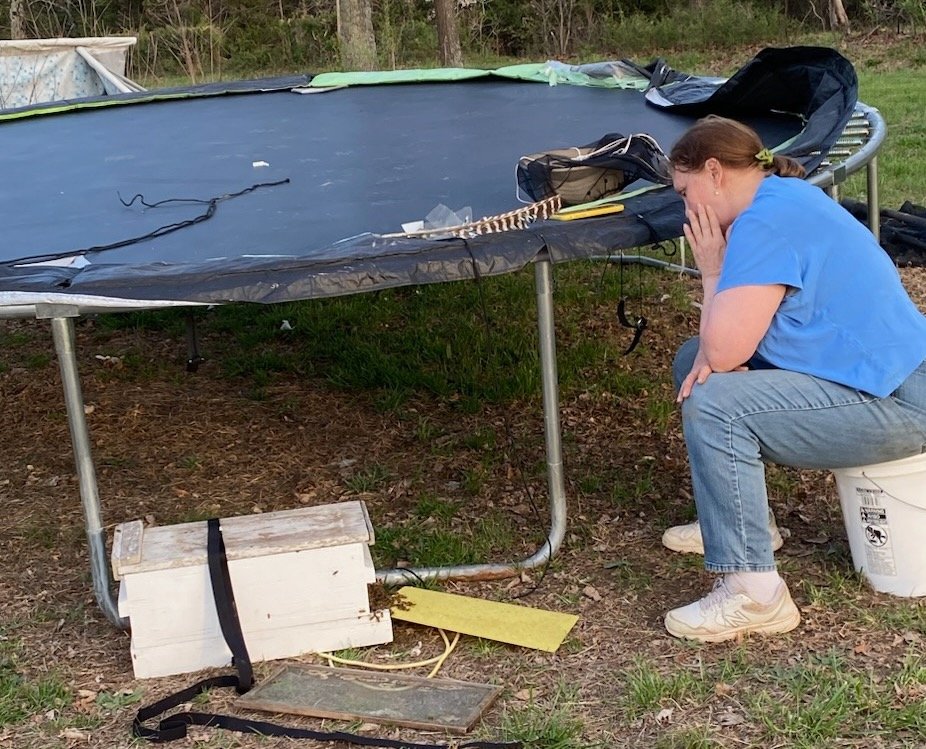Bees or Wasps
/These yellow flying insects in the ground are yellow jacket wasps, not honey bees. (Photo by Charlotte Ekker Wiggins)
Bees or Wasps
The calls start coming in early August. There are bees flying out of a hole in the ground. They are repeatedly stinging people. Please come get the honey bees.
I even stopped someone at a local Pollinator Festival telling attendees that they had roped off an area because “bees were nesting in the ground.”
First, honey bees don’t nest in the ground.
Secondly, this time of year I can assure you if it’s in the ground these are honey bee cousins, yellow jacket wasps. Yellow jackets repeatedly sting; are usually defensive this time of year and no, they can’t be moved.
If the yellow jacket nest is not in a high traffic area, mark it off and wait for the first hard frost. The frost will kill the colony males except for the fertile females. The females will winter over to be come next year’s queens.
Even though many people don’t like wasps, they are pollinators and have a role in our ecosystems.
How to Remove Yellow Jackets
However, if they are in the way of a high traffic area that can’t be diverted, get a piece of old door screen. At dusk, place the screen over the hole and secure it with rocks or bricks. Pour hot water down the hole; the hot water will kill off the colony in the ground.
Wait until morning to remove the screen. If any wasps have survived, they will be at the screen waiting to get out.
No need to use pesticides.
Several friends have followed these instructions and told me later it worked better than any insecticide they had previously tried. I have also used this on several sites so I know it works.
Although I would rather not kill them, I understand there are times when they can be in inconvenient spots.
And yes, technically they may be related to bees but honey bees sting once, then die. And as I said in the beginning, they don’t nest in the ground.


















